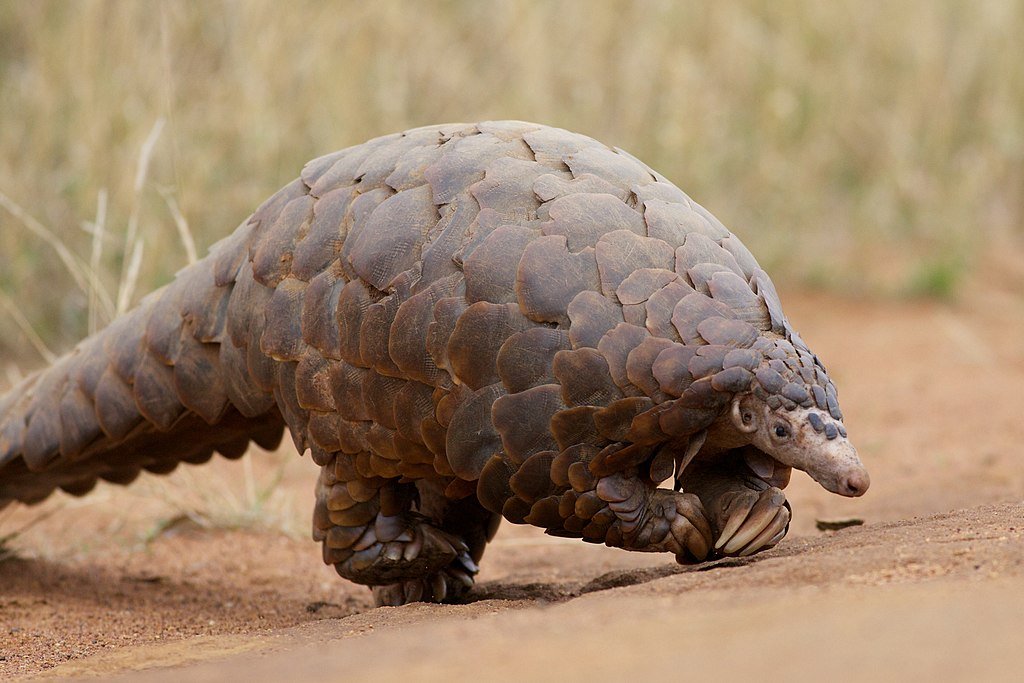Once a thriving transnational criminal activity, the illegal wildlife trade has seen an unexpected and steady downturn since the COVID-19 epidemic. Based on a ground-breaking analysis by the Wildlife Justice Commission (WJC), Disruption and Disarray shows that ivory and pangolin scale trafficking has dropped and, shockingly, has stayed that way. But what set off this change? And is this a fleeting dip or evidence of permanent transformation? Combining intelligence, law enforcement insights, and ten years of seizure data, the paper reveals startling patterns, shifting hotspots, and a rare chance to destroy criminal networks for good.
The Pandemic’s Unintended Blow to Wildlife Crime
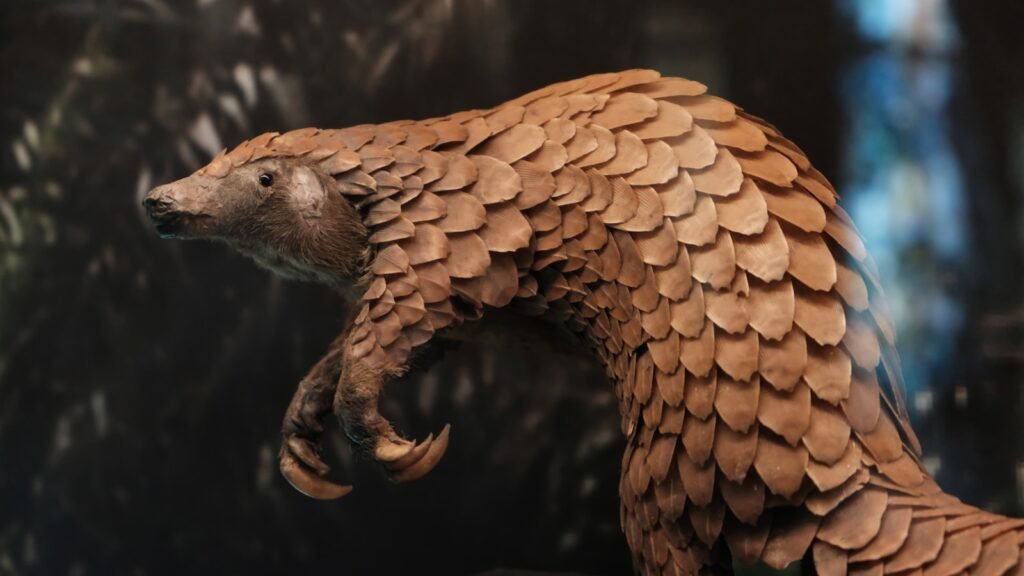
Global lockdowns frozen supply chains in 2020 also froze the illegal wildlife trade. Compared to the 2019 peaks, the WJC’s study reveals that ivory fell by 94% and pangolin scale seizures dropped by 75%. This trend has held true through 2025. The causes have several facets.
- Travel restrictions caused Asian traffickers to avoid meeting African suppliers, upsetting logistics.
- Especially in Nigeria, more enforcement resulted in well-publicized arrests and a rising “perception of risk” among offenders.
- Plummeting demand, as declining prices and a domestic ivory ban in China made trafficking less profitable.
But as WJC’s executive director, Olivia Swaak-Goldman notes: “This isn’t just about COVID. It’s about law enforcement at last attacking traffickers where it hurts”.
Nigeria’s Crackdown: From Hub to Hotspot for Justice
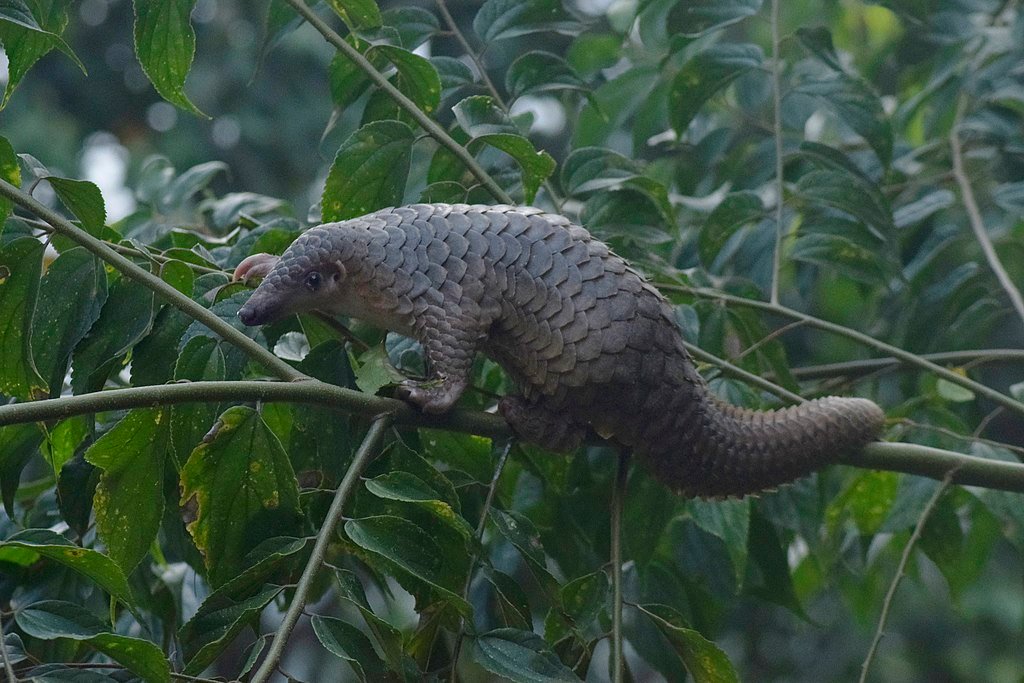
With 70% of significant seizures connected to its ports, Nigeria became the epicenter of pangolin and ivory trafficking years ago. But a five-year national plan started in 2022 supported by WJC intelligence has turned the tide:
- Nigerian authorities seized 9.4 tonnes of pangolin scales in warehouse searches alone in 2024, equal to 4,700 dead pangolins.
- A well-publicized Chinese trafficker caught in Lagos in February 2025 indicated a crackdown on elite agents.
- Reforms in legislation: A pending Endangered Species Bill seeks to freeze traffics’ assets and expedite prosecutions.
Still, the war is not finished. Now handling ivory, traffickers are adjusting their operations to Angola and Mozambique.
The Pangolin Paradox: Scales Stockpiled but Demand Lingers
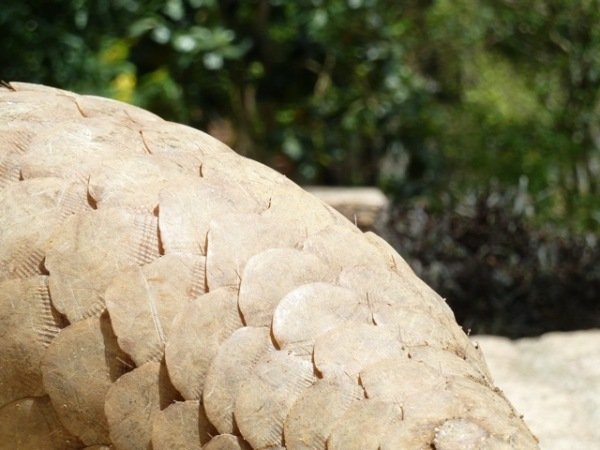
The most trafficked mammal in the world, pangolins, are in terrible shape. Though the WJC study shows an interesting trend, all eight species are threatened:
- Due probably to market instability, scales are piling up in Africa; traffickers are hoarding rather than shipping them.
- While traditional medicine demand in Asia continues, prices have dropped by seventy percent since 2017.
- The weaknesses of China: Critics contend that although pangolin scales were taken off of lists of traditional medicine, domestic trade still goes under legal loopholes.
“We’ve slowed the killing, but until Asia shuts down demand, pangolins won’t be safe,” Nigerian conservationist Olajumoke Morenikeji points out.
Elephants’ Silent Victory With a Caveat
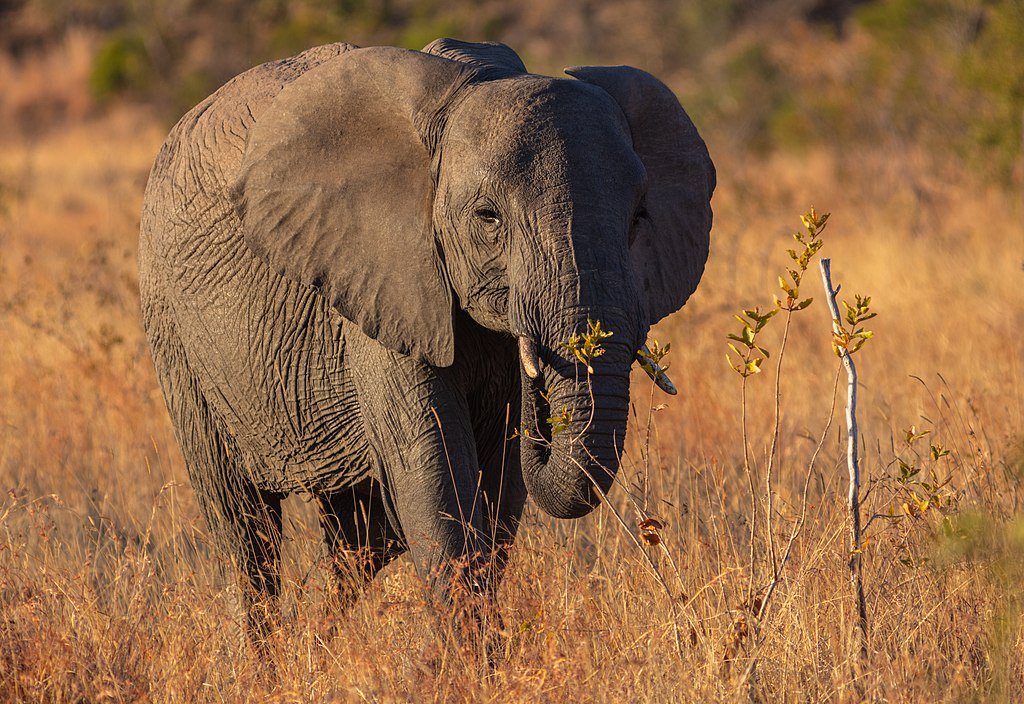
Although the drop in ivory trafficking is a rare victory for elephants, the report issues caution against complacency.
- From 40 tons in 2019, seizures in 2020 dropped to under 10 metric tons.
- China’s ivory ban in 2017 wrecked prices, but stockpiles in Angola and Mozambique point to traffickers waiting for a comeback.
- Already devastated by poaching, elephant numbers could be too low to support significant trafficking, a sad silver lining.
The New Frontlines: Angola, Mozambique, and the “Displacement Effect”
Traffickers are running south as Nigeria shuts down. A historic center for rhino horn, Mozambique has seen an increase in ivory shipments thanks in part to corrupt ports and current criminal networks. However, there is hope:
- Two rhino traffickers found in Mozambique in 2024 sentenced to 27 and 24 years show severe penalties can discourage crime.
- Growing regional cooperation is accompanied by cross-border intelligence sharing upsetting supply networks.
What Comes Next? A Blueprint for Ending the Trade
The WJC’s paper exhorts governments to:
- Target kingpins, not merely low-level poachers, applying financial investigations.
- As Mozambique’s decades-long sentences show, strengthen fines.
- Stiffer CITES ban enforcement will help to lower demand in Asia.
“This is a brittle victory,” Swaak-Goldman says. Should we relax now, the traffickers will return more strongly”.
Conclusion: A Rare Chance for Wildlife If the World Acts
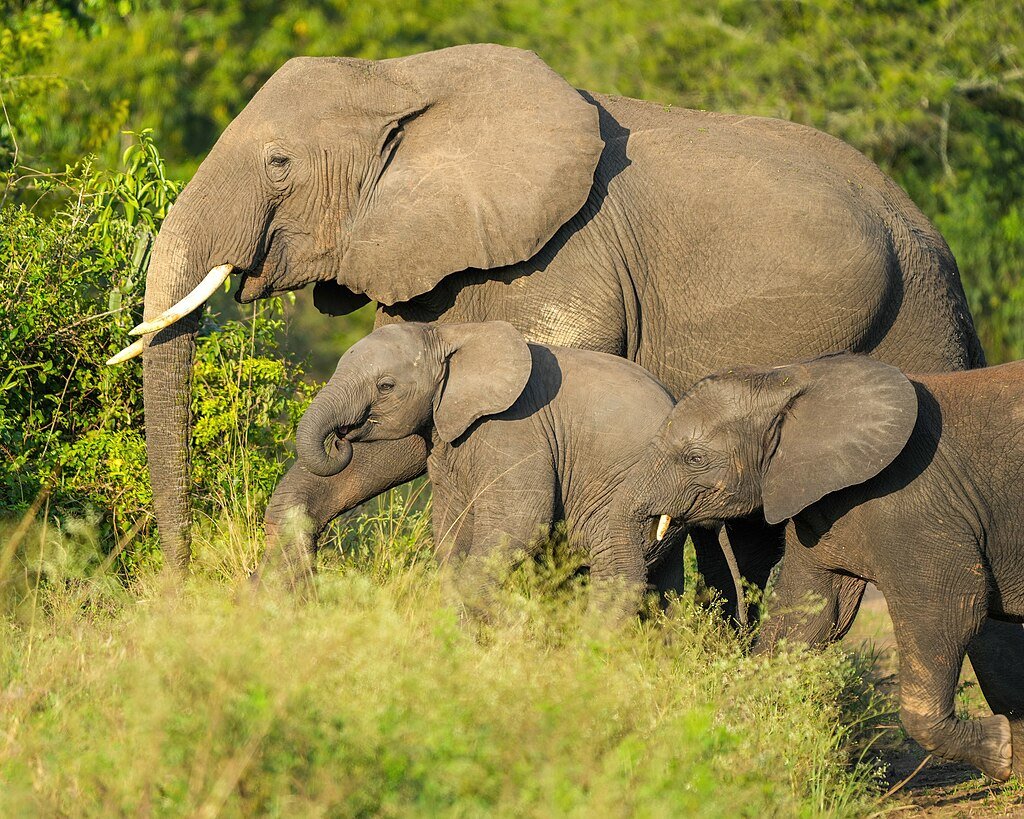
The epidemic revealed vulnerabilities in the wildlife trade it exposed. It also disrupted it. This could be the turning point elephants and pangolins so sorely need smarter enforcement, declining profits, and worldwide attention. But the response of the world has to change as traffickers change. The issue is not only about whether the downturn will pass but also about whether humans will grab this opportunity to stop the trade permanently.
Sources:

Jan loves Wildlife and Animals and is one of the founders of Animals Around The Globe. He holds an MSc in Finance & Economics and is a passionate PADI Open Water Diver. His favorite animals are Mountain Gorillas, Tigers, and Great White Sharks. He lived in South Africa, Germany, the USA, Ireland, Italy, China, and Australia. Before AATG, Jan worked for Google, Axel Springer, BMW and others.

